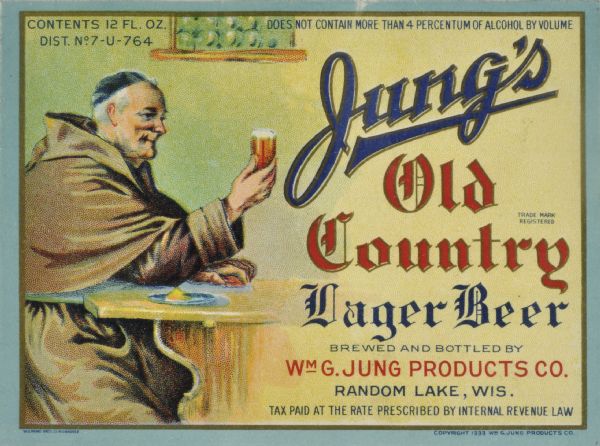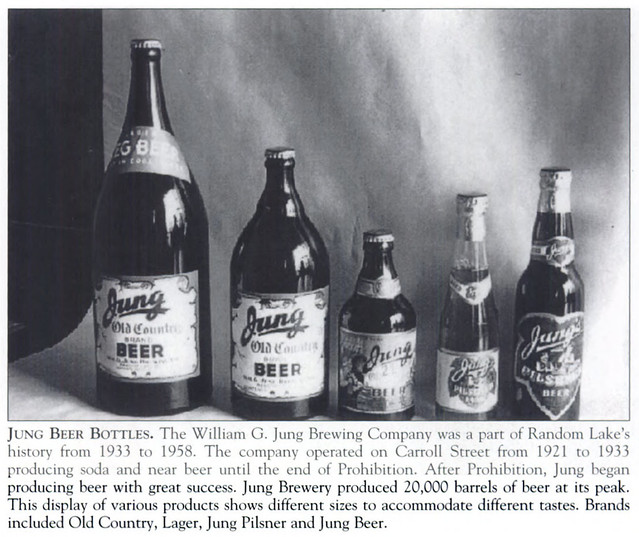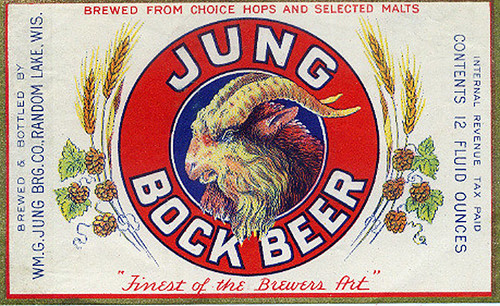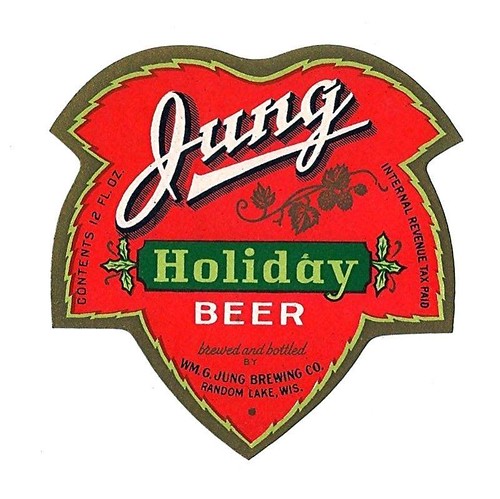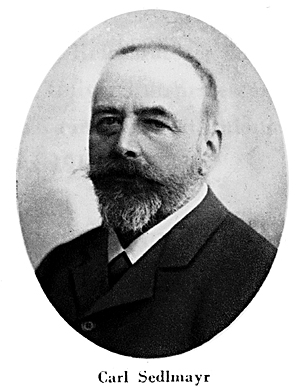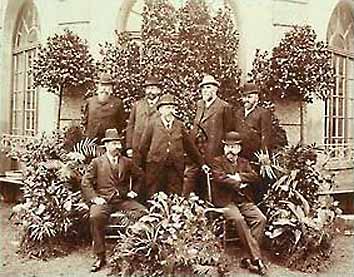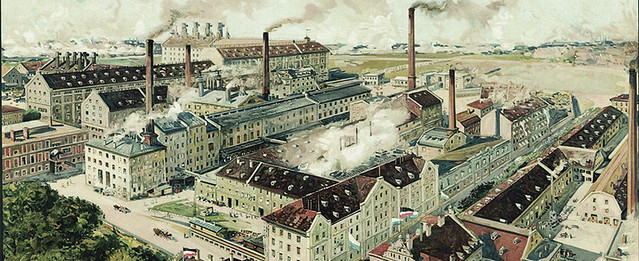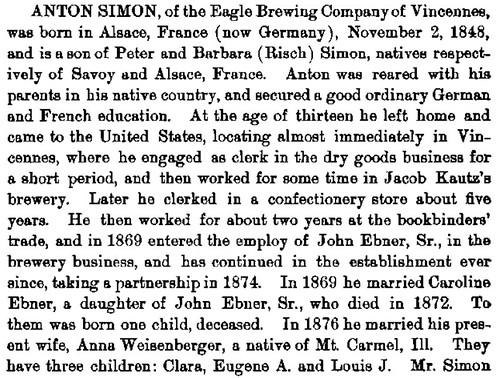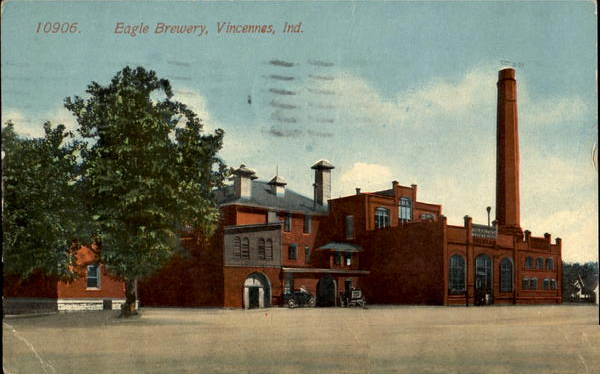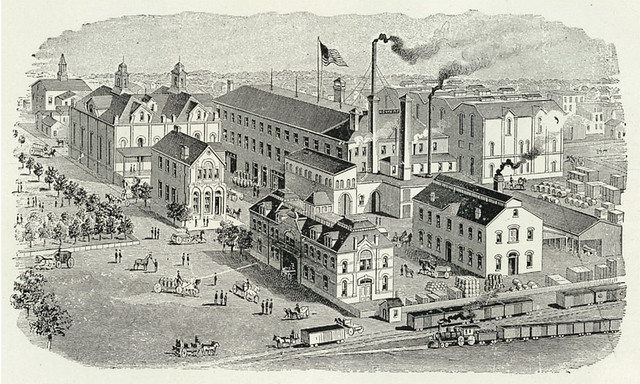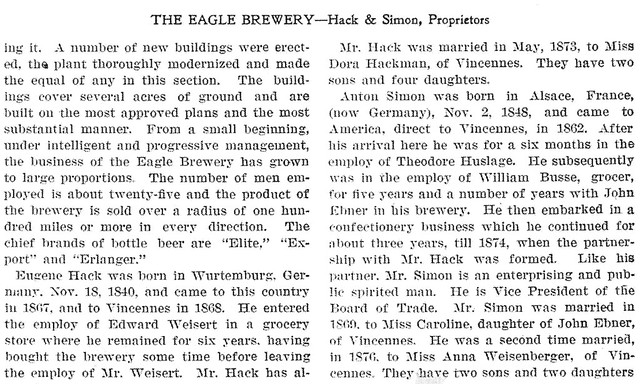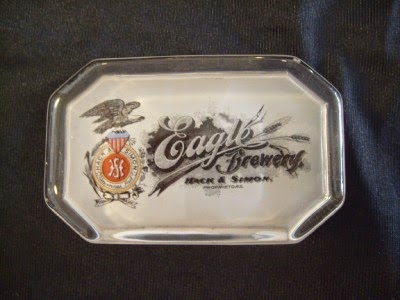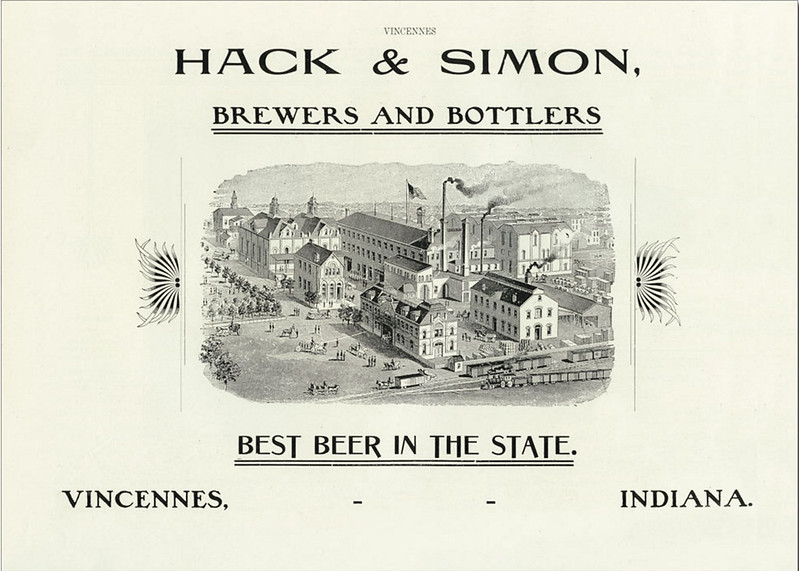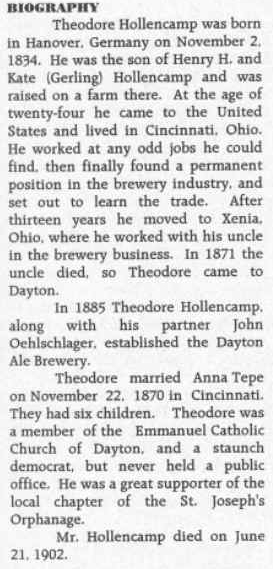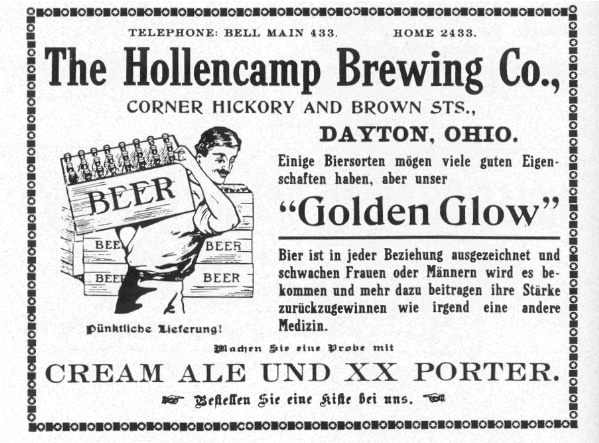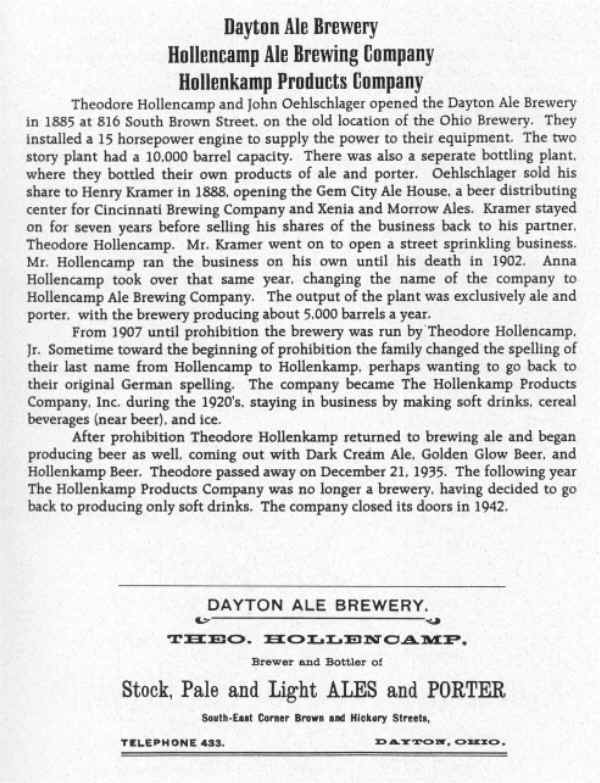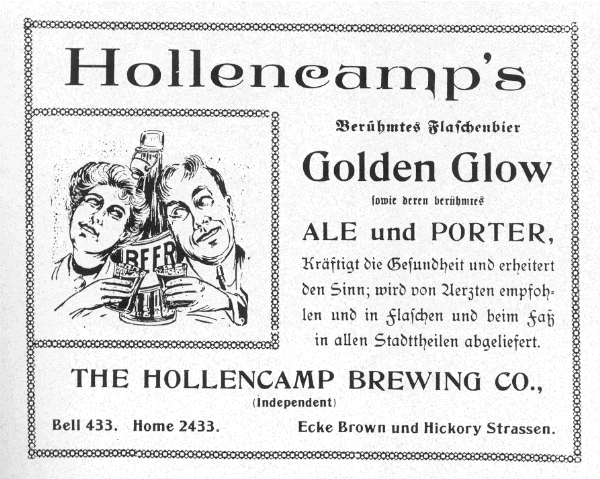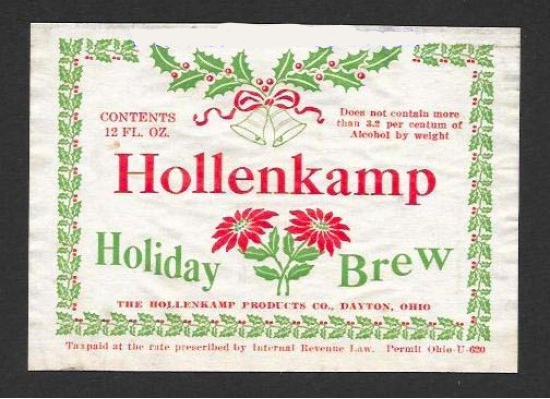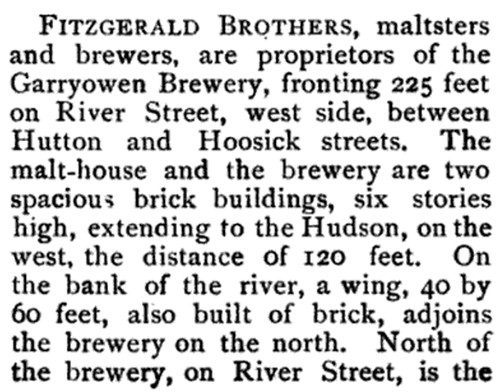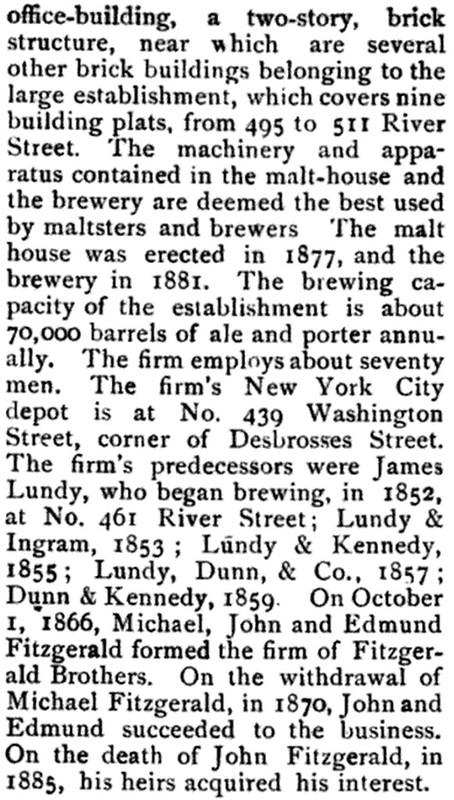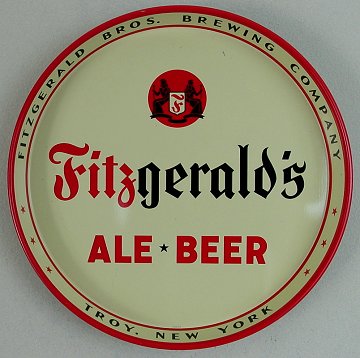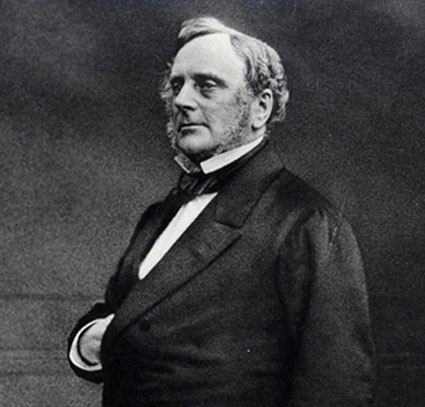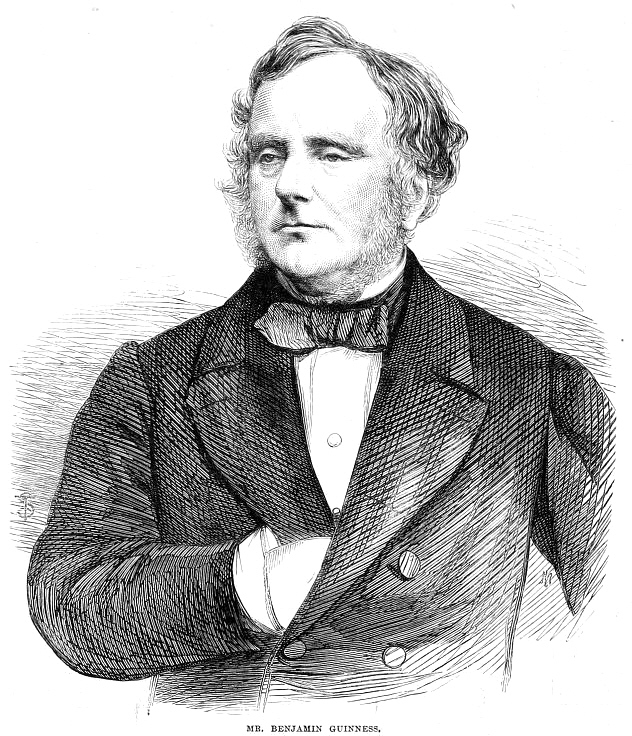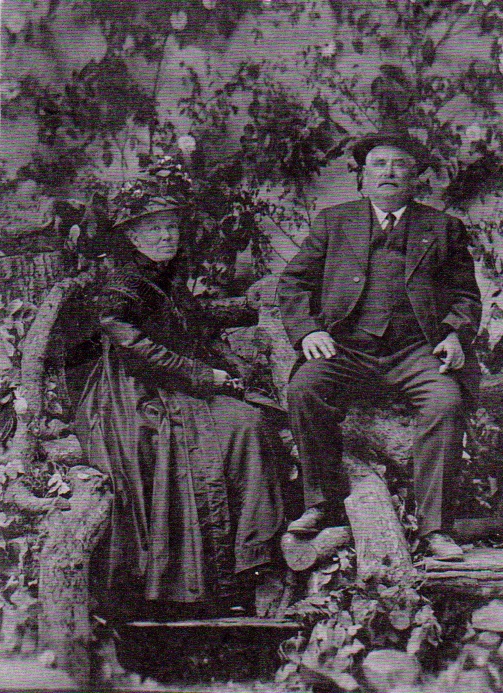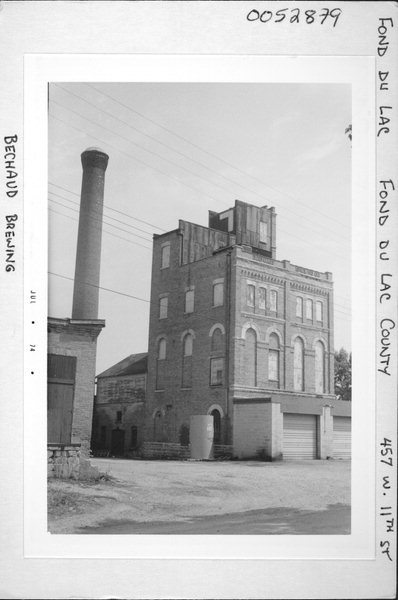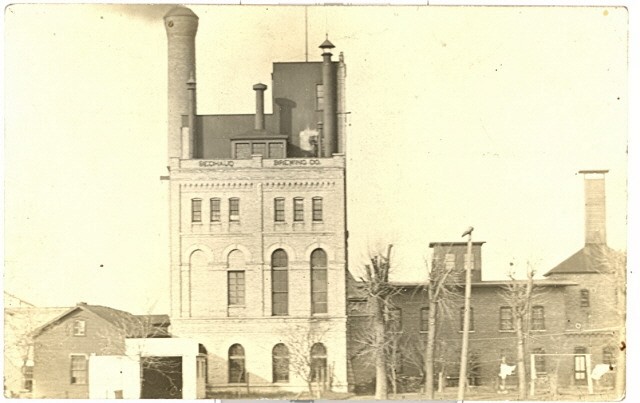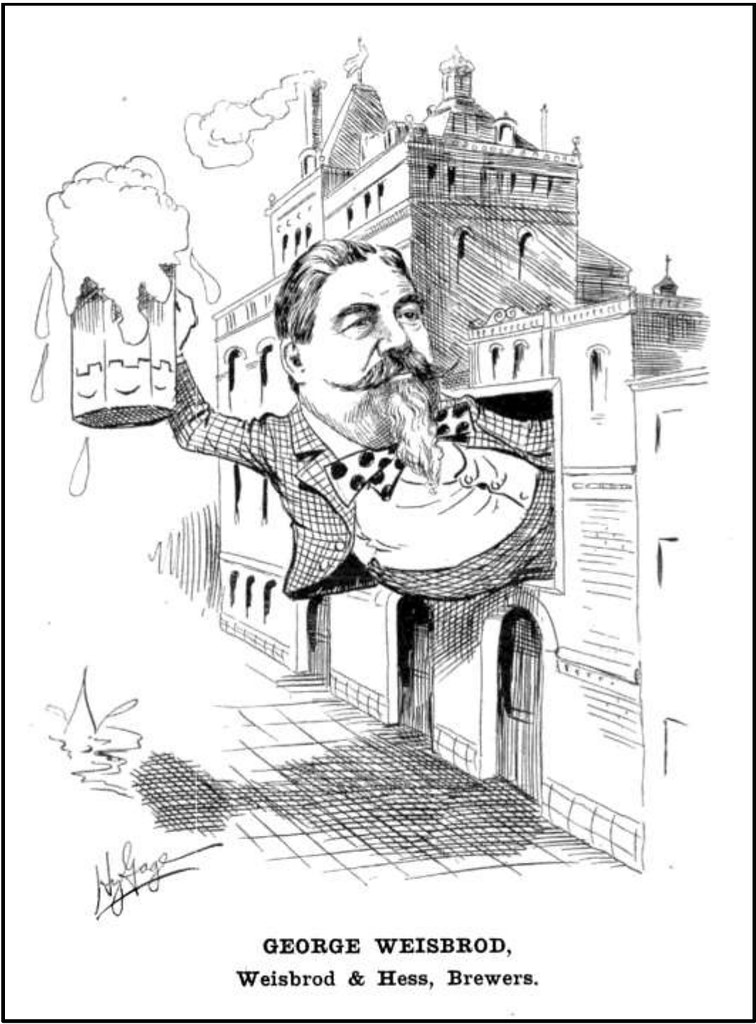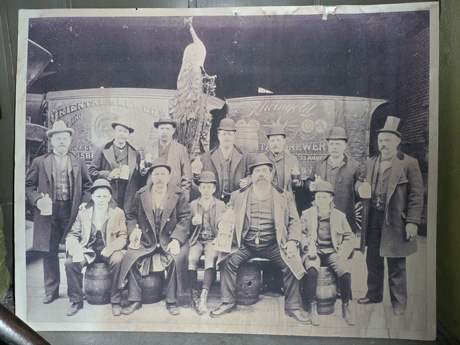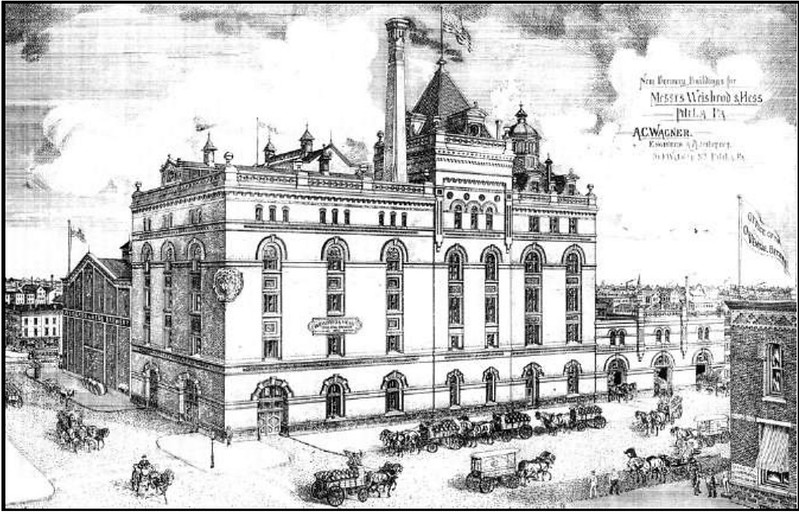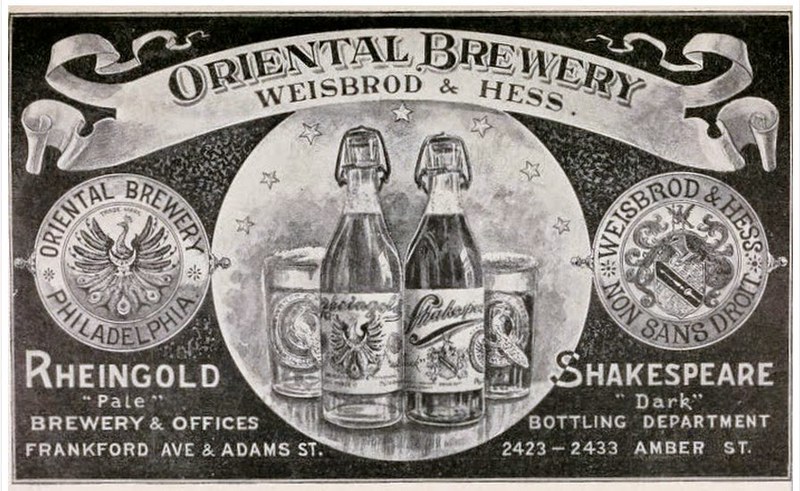Today is the birthday of John N. Straub (November 6, 1810-November 1891). He was born in Darmstadt, Germany, and emigrated at age 20 to the U.S., in 1830, landing initially in Baltimore, but as soon as he was able moved to Pittsburgh, Pennsylvania. In 1831, he founded the John N. Straub Brewery and became what is believed to be the first lager brewer there. As far as I can tell, he is not related to the Straub Brewery in nearby St. Marys, Pennsylvania, although its founder Peter Straub did work for John N. Straub when he first came to America, before starting his own brewery. The John N. Straub Brewery also had a branch in Allegheny, and in 1899, it became a branch of the Pittsburgh Brewing Co.

This biography by his son is from “100 Years of Brewing:”
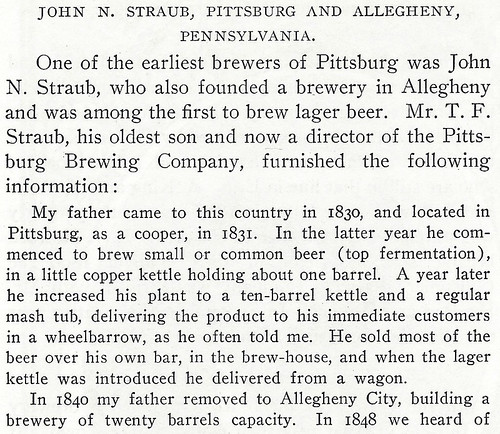
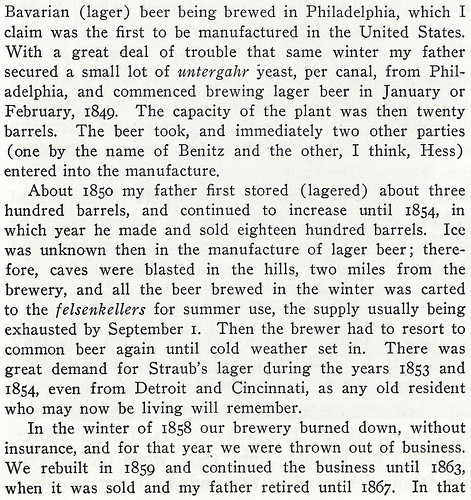

This short obituary is from the Brewers Journal:


And this is a short history of the brewery itself, also from “100 Years of Brewing.”




